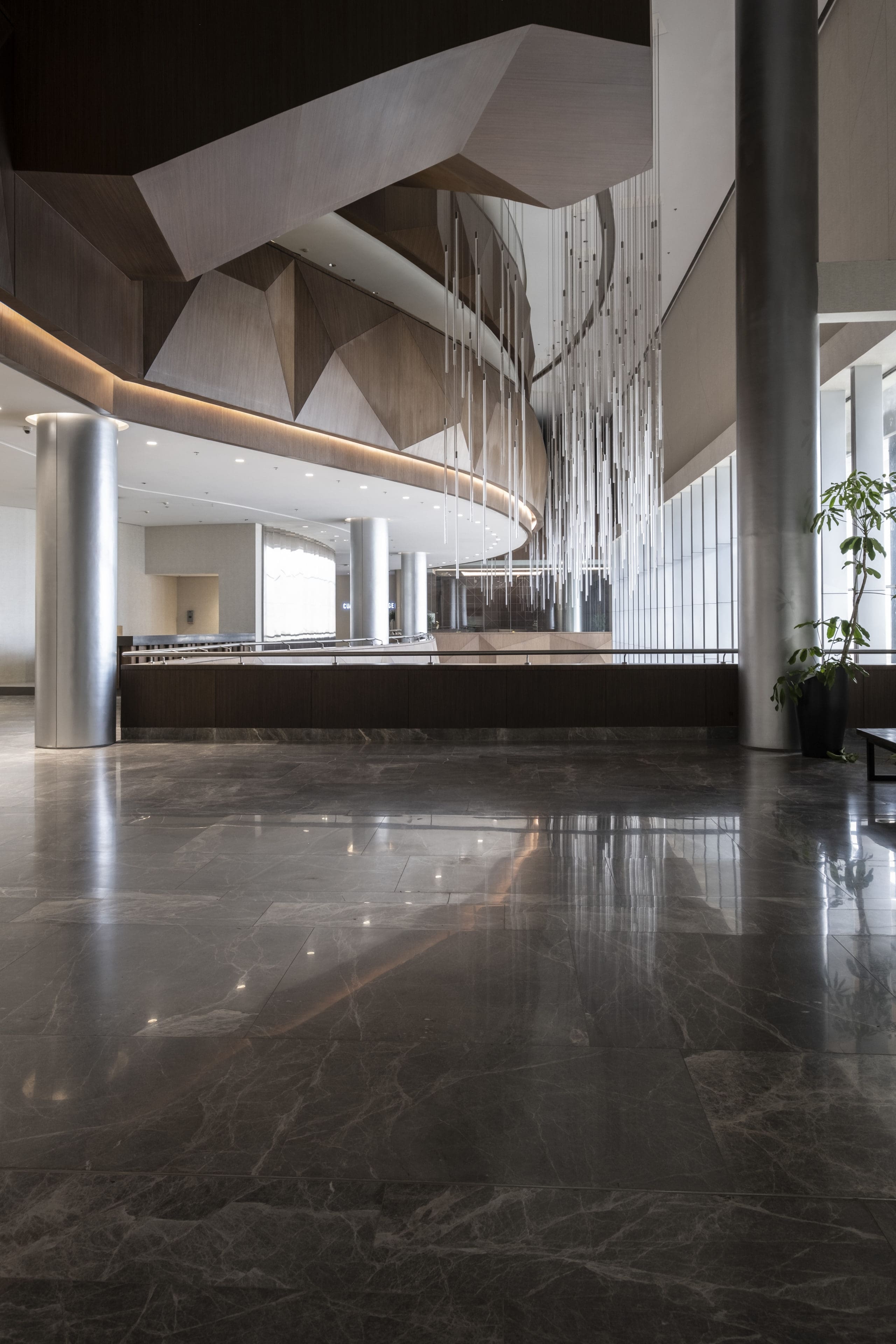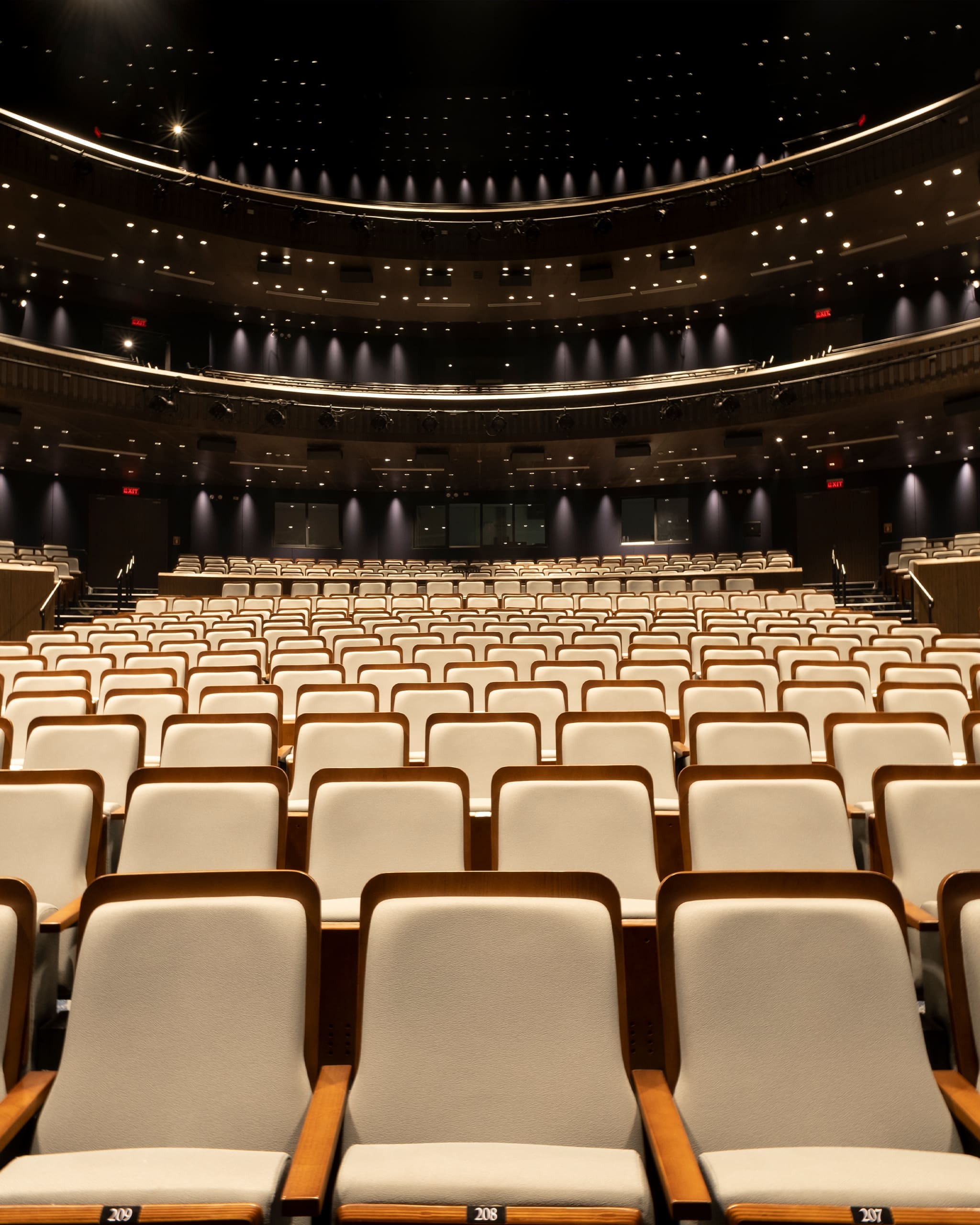Ed Simon
“The orchestra loves playing here because they don’t have to mic their instruments,” says Christopher Mohnani of the recently-opened Samsung Performing Arts Theater. “The circular design also ensures that there’s really not a bad seat in the house.”
As its theater director, Mohnani is allowed to be confident, excited, and proud of the 1,500-seat auditorium, which finally opened a few months ago after a two-year wait. Originally slated for a June 2020 opening, it is located at the fifth level of Circuit Makati, an Ayala development on the site of what used to be the Santa Ana Race Track.
Last July, it launched with performances by the likes of soprano Rachelle Gerodias, theater legend Menchu Lauchengco-Yulo, the Manila Symphony Orchestra and the cast of Mula Sa Buwan, one of two musicals in its inaugural season. (The other is the touring production of We Will Rock You.)
Global stage
When it comes to handling the theater, Mohnani’s frame of reference is global. “I just wanted to make sure it would be run similarly to any theater in the world,” he says. “That leads to everything you see in the theater.”
A professional dancer, he was the only Asian-American member of the Nashville Ballet. Mohnani is an advocate for diversity and the inclusion of minorities in the arts. He founded the Asian American Performing Arts Society and then started veering toward arts management.
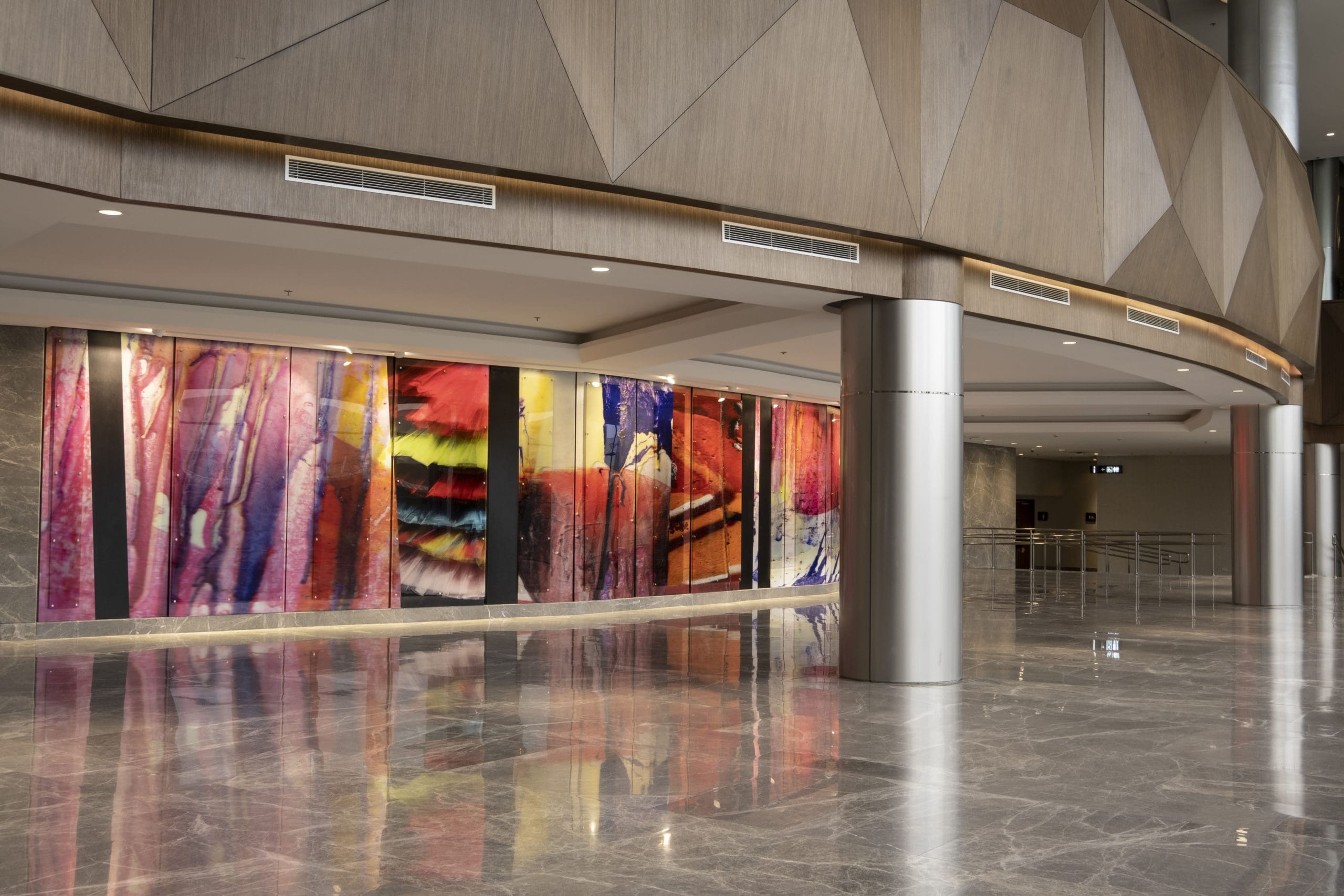
After retiring from the stage, he went on to join the National Arts Coalition and has been spearheading arts and culture programs ever since. Mohnani’s years in the performing arts, both on stage and behind the scenes, give him the needed experience when it comes to his position at the Samsung Performing Arts Theater, which was made official in 2019.
“If I was a performer here, I would feel spoiled,” Mohnani tells Vogue of the amenities the theater has not just for guests, but the backstage crew, too.
“The dressing rooms in the [United] States didn’t look like this. The showers here look like hotel showers, and the greenroom is so plush,” he continues, adding, “The dressing room also has light guards, which isn’t common. This helps the performers see what they would actually look like on the stage.”

Before the actual production, performers also get to enjoy the rehearsal room, which is in the same building and is the same size as the actual stage. Mohnani says it’s another luxury for acts since they are able to familiarize themselves with the space early on.
“The floor alone is a gift to dancers. It’s a Harlequin floor, which is a company in the UK that specializes in dance floors,” he says. “What we have is a sprung floor, which offers more support and reduces injuries for dancers.”
He adds that if performers need even more protection, there is a portable dance floor that could be put on top of the sprung floor.
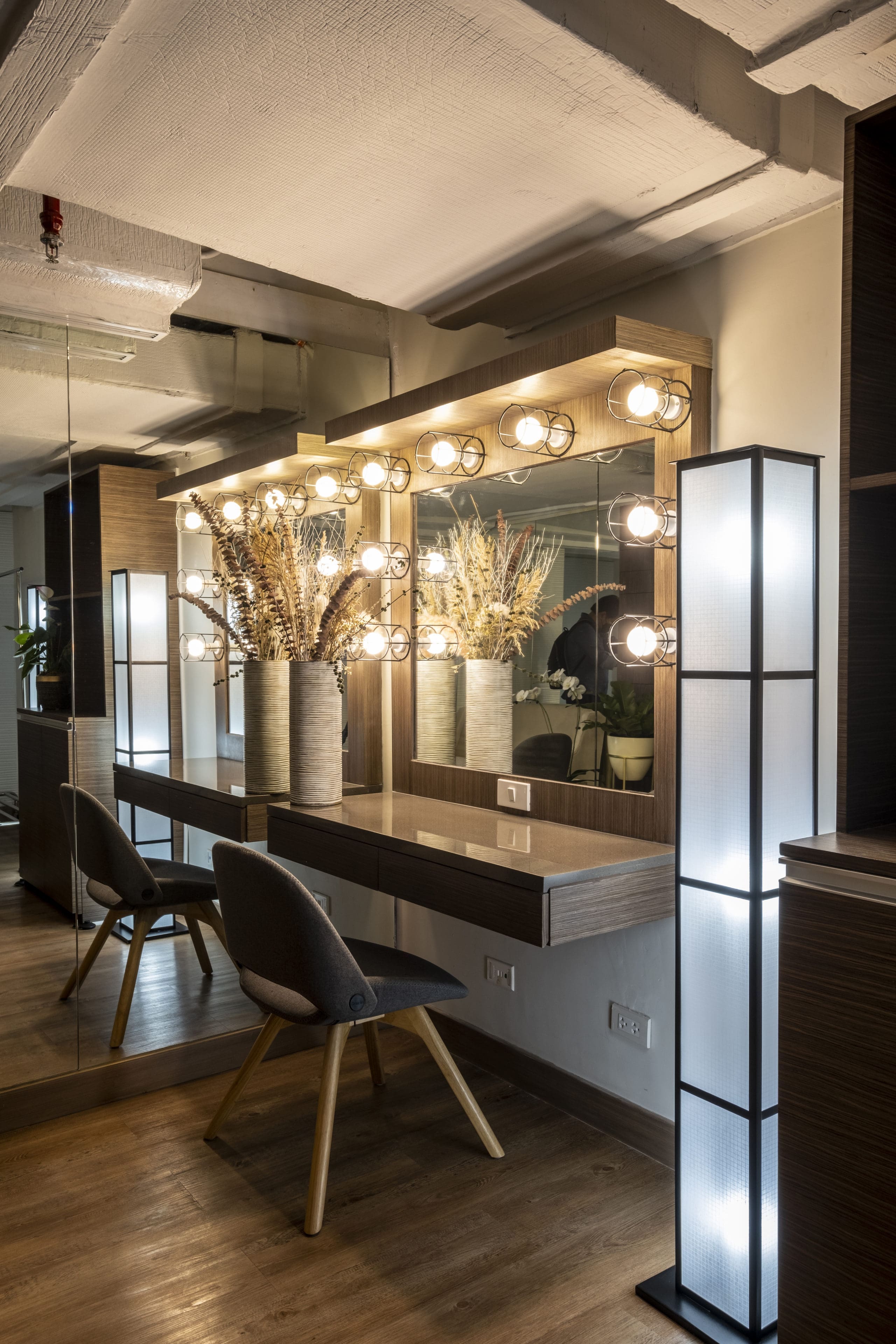
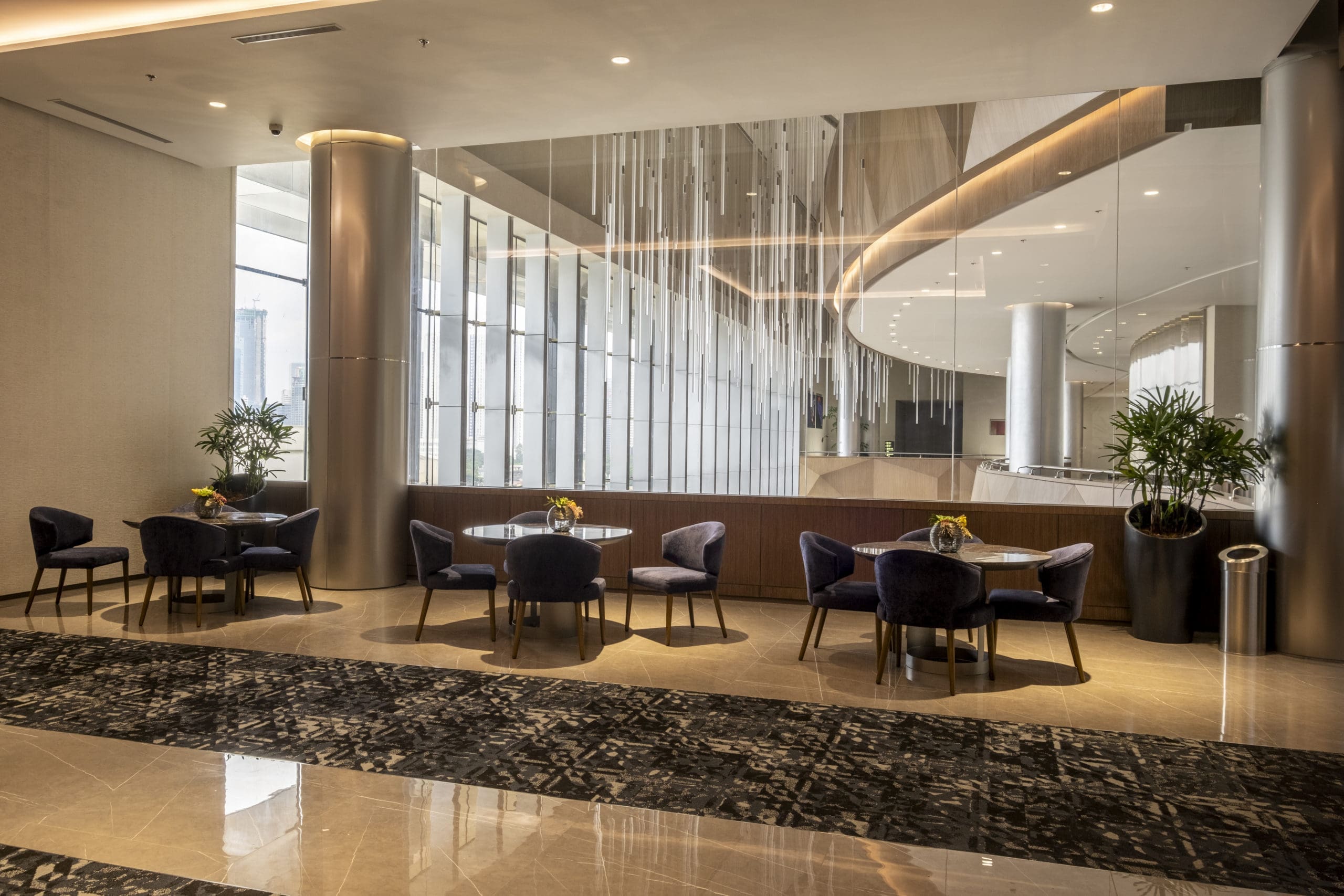
Timeless space
Cynthia Almario, one of the theater’s designers, tells us that plans for the theater were set in motion as early as 2013 with one extra challenge: to keep the place timeless.
“It was almost like looking at a crystal ball and predicting the outcome for longevity,” she says, adding that that was her cue to design a space “that will forever be contemporary.” That included merging functionality into the design.
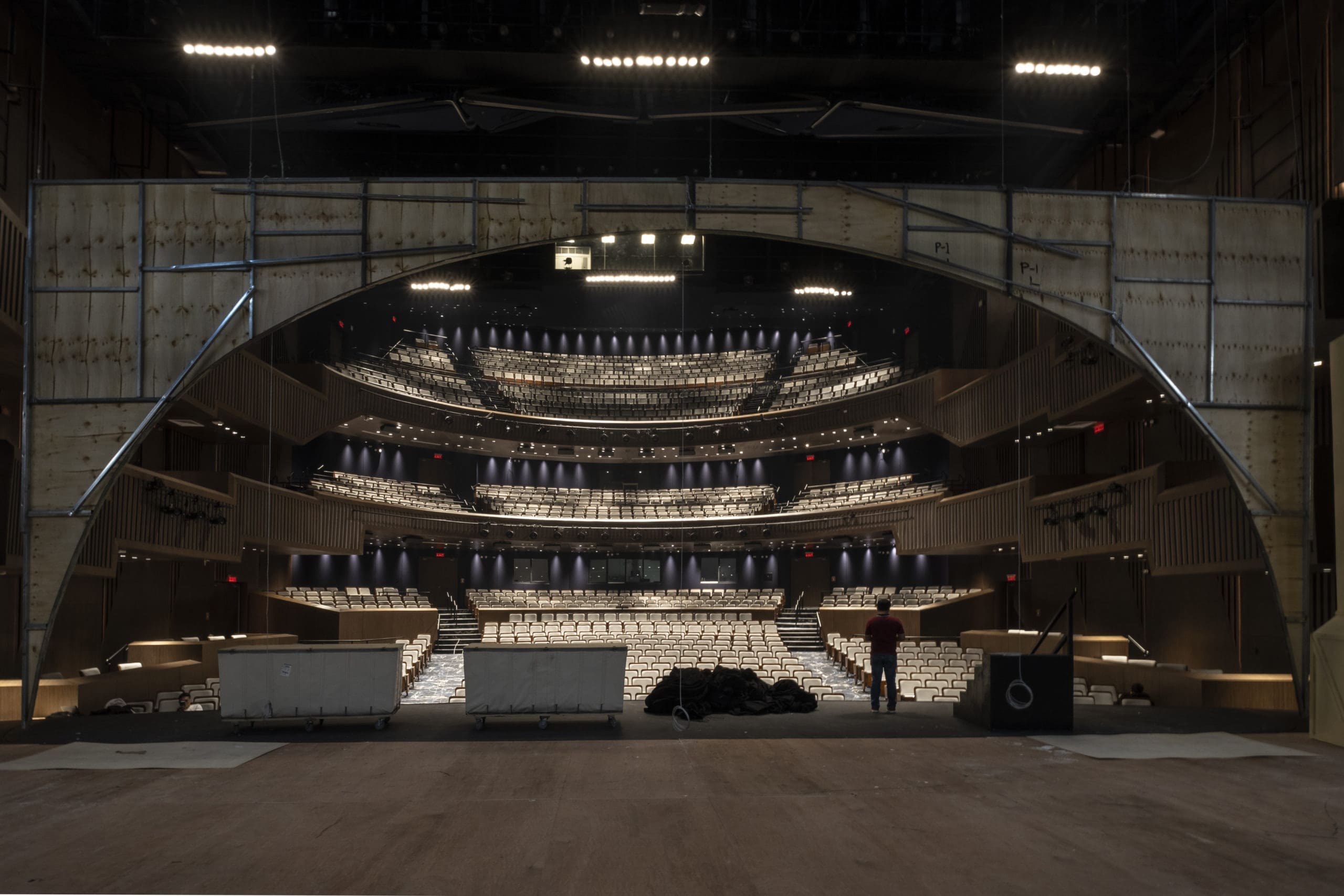
“Acoustics is a vital part of a performing arts theater design … [and] can profoundly affect what is heard by an audience,” says Kenneth Pua of KG Pua Acoustics, Samsung Performing Arts Theater’s sound consultant. “Performing arts theater acoustics can profoundly affect what is heard by an audience.”
His team used a well-calculated acoustics isolation system. Acoustics were factored into every design aspect, says Pua, from interiors to architecture to mechanical design.

Ayala also sought the services of theater Projects Consultants or TPC, the firm behind theaters on Broadway, the West End, and the Hong Kong Cultural Center. This allowed them to develop a theater that they say is suited for even the most demanding of productions with the biggest of sets and stages. Large freight elevators the size of a truck bed allow large props to be brought in whole to the venue.
Mohnani explains that this unusual feature eliminates the need to chop things up, allowing for grander and more complex props.
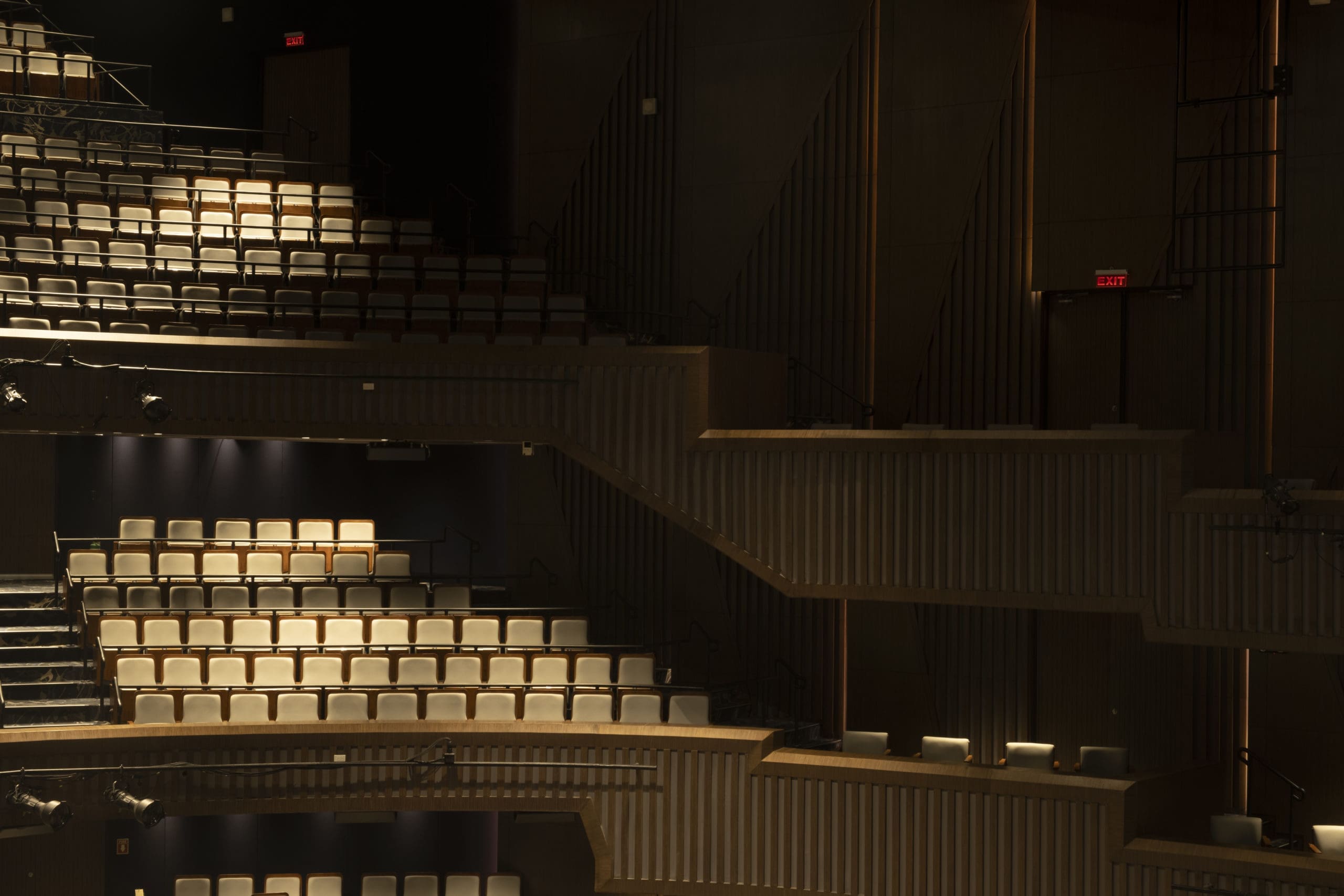
Unifying elements
Almario describes the considerations they had to take in addressing the form and function of the theater.
“Given some areas were cavernous, we decided to use geometric fractals, which break up the rigid 90-degree angles common to large public areas,” she says. “This decision to use fractals informed our design everywhere.”
Entering the theater, guests will notice the element in the Mahogany walls, ceilings, and seating. “This unifying element gives a cadence, like an effortless beat which makes traversing the whole performance theater feel seamless,” Almario adds.
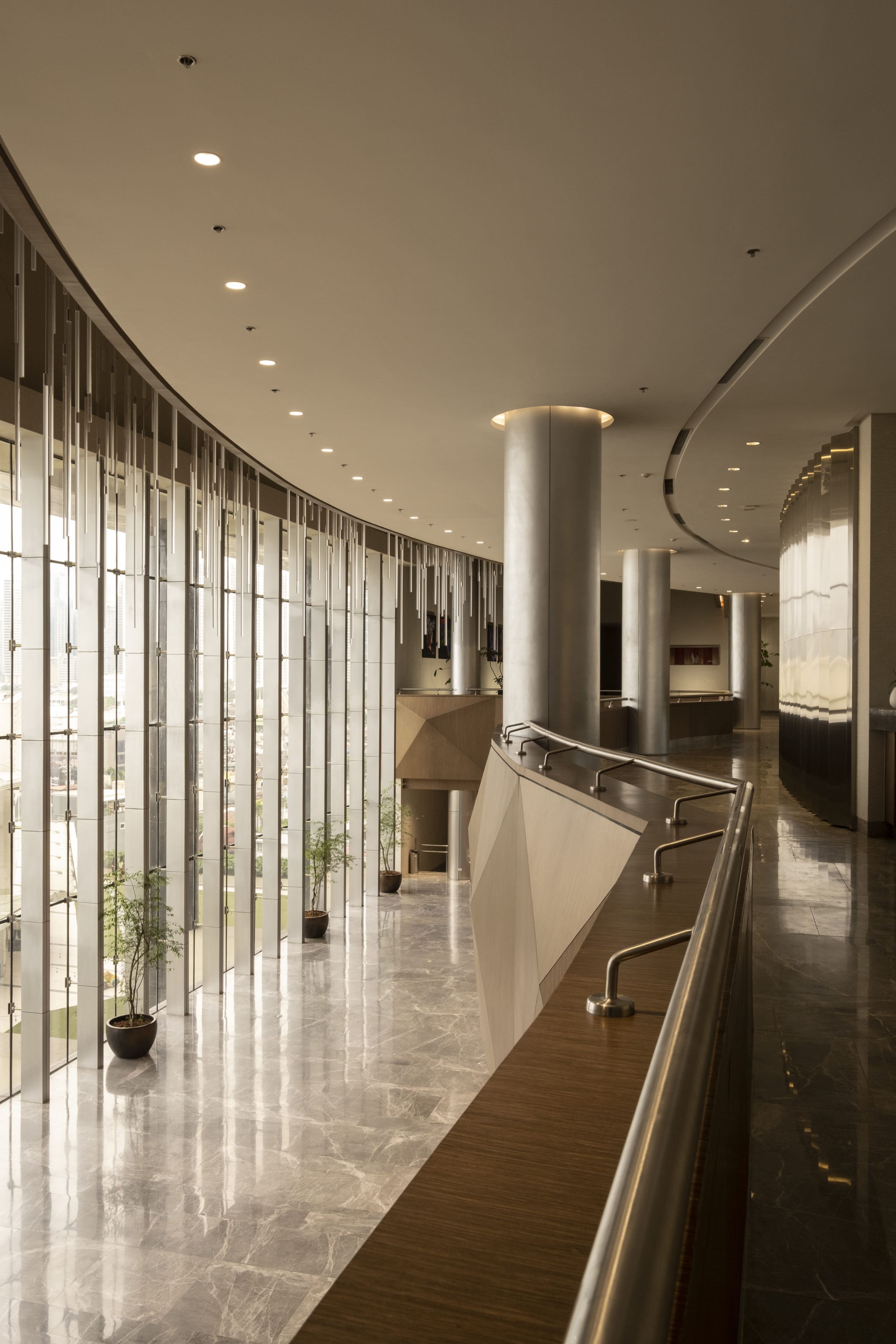
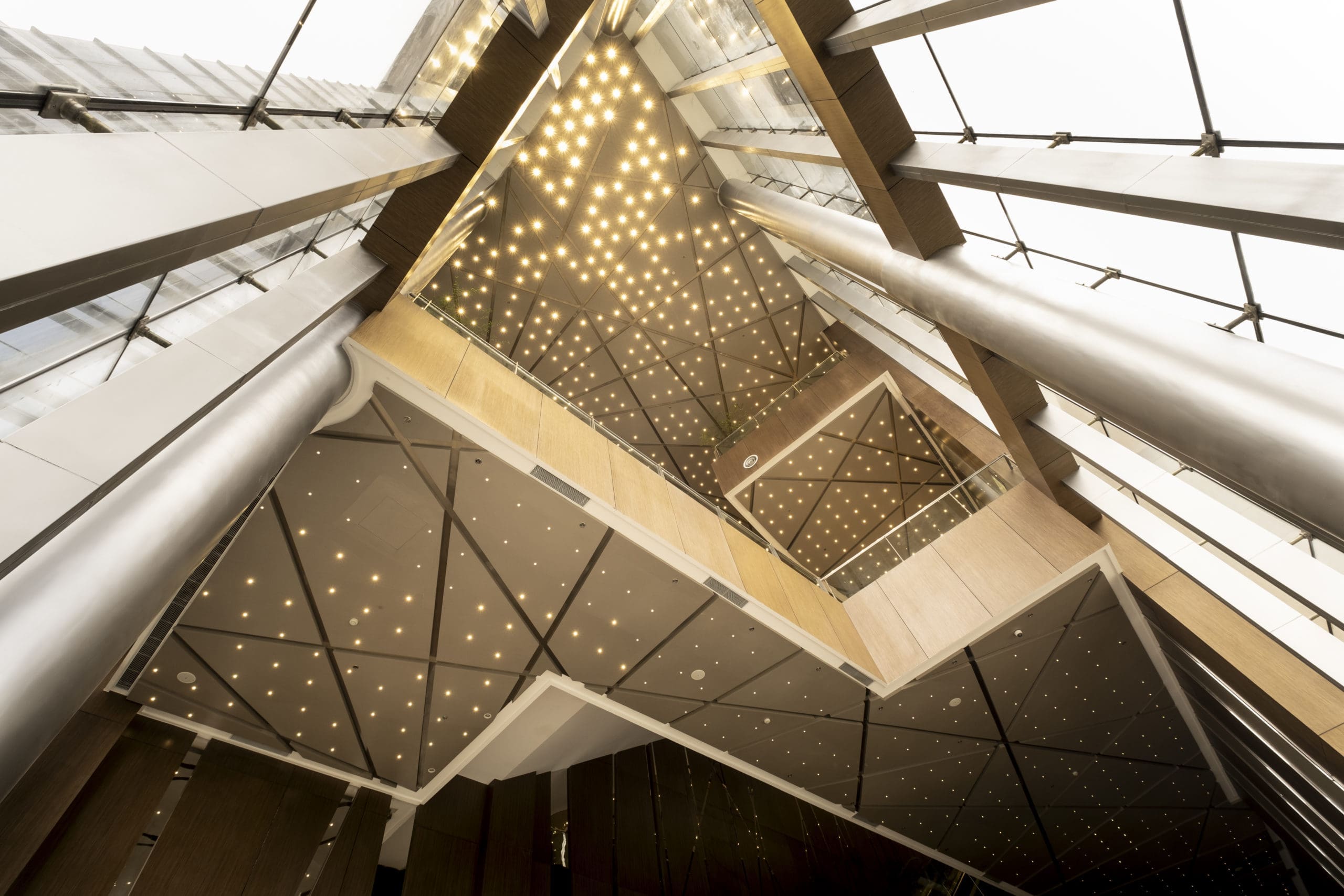
Another feature that was carefully considered was color. Outside the theater and throughout the building, one will notice the muted color palette.
This was an intentional decision meant to draw the eye toward the bright Zobel de Ayala paintings as a tribute to the patron and first president of the Cultural Center of the Philippines.
Likewise, entering the performance area, one notices that the only bright colors lie on stage, to help pull attention to the production.
The Samsung Performing Arts Theater is definitely one that will serve multitudes. Mohnani attests, “With this theatre, they don’t have to go all the way to the Royal Albert Hall in London just to have the same feel, whether that’s technically or aesthetically. That’s basically the thrust of this space—to be a home for everybody that people can be proud of.”
